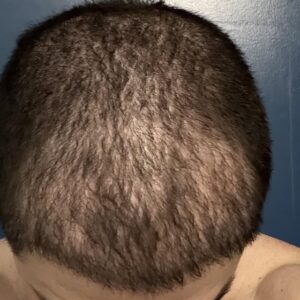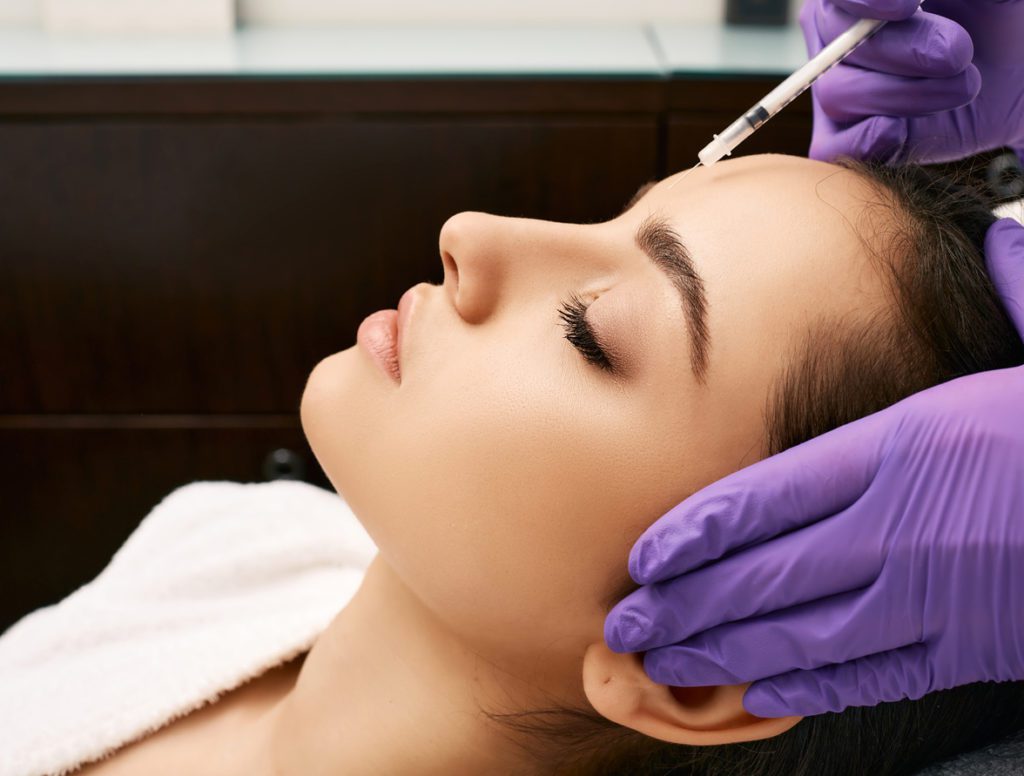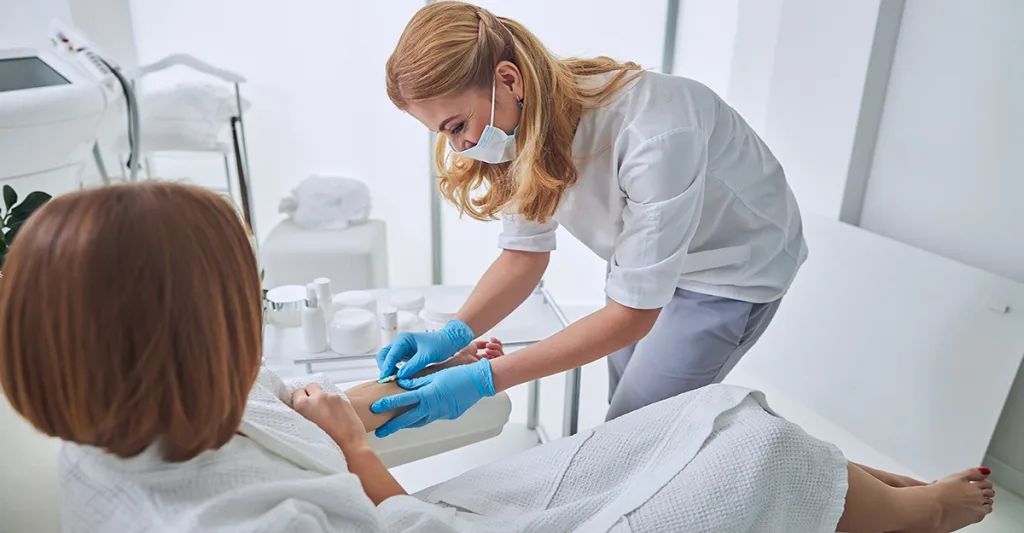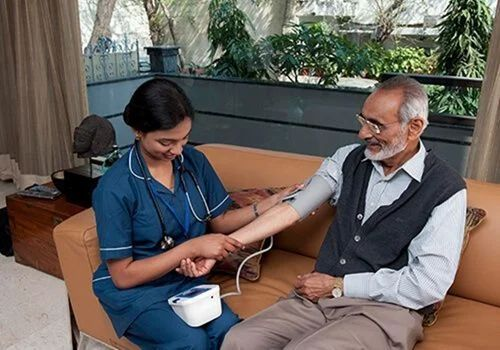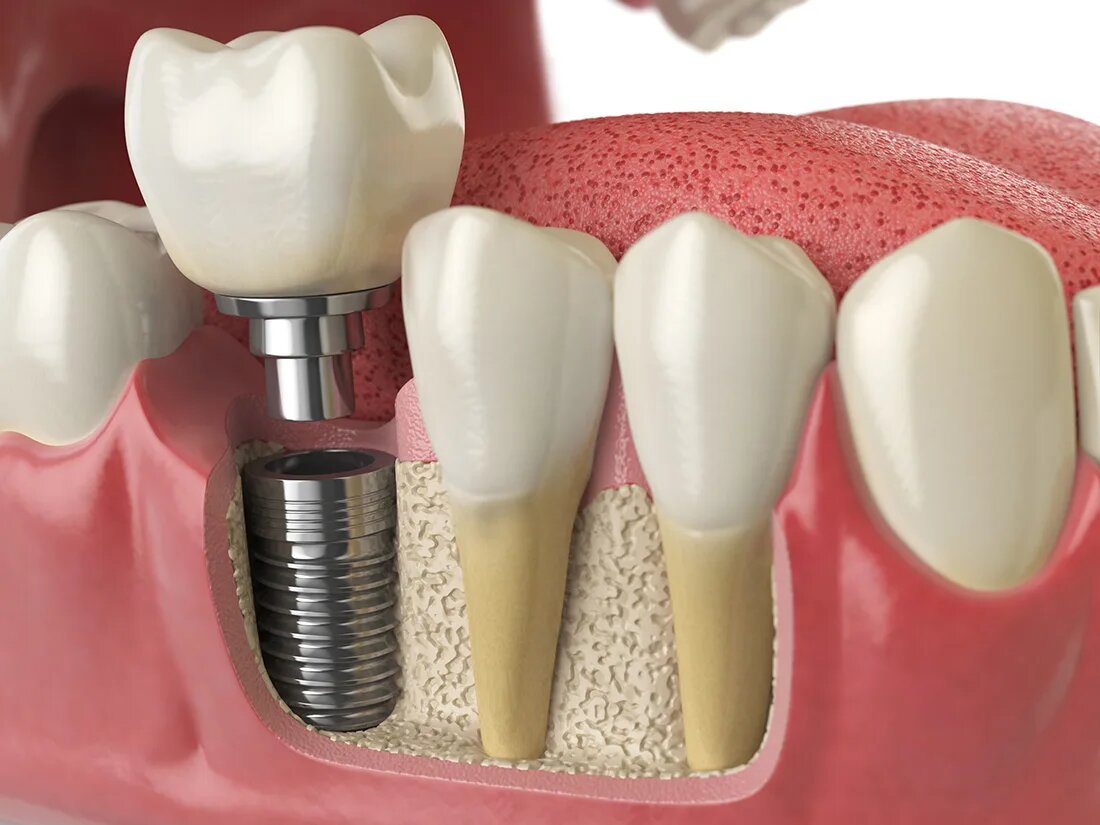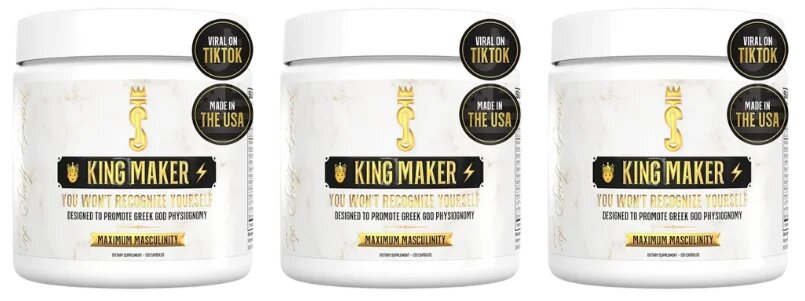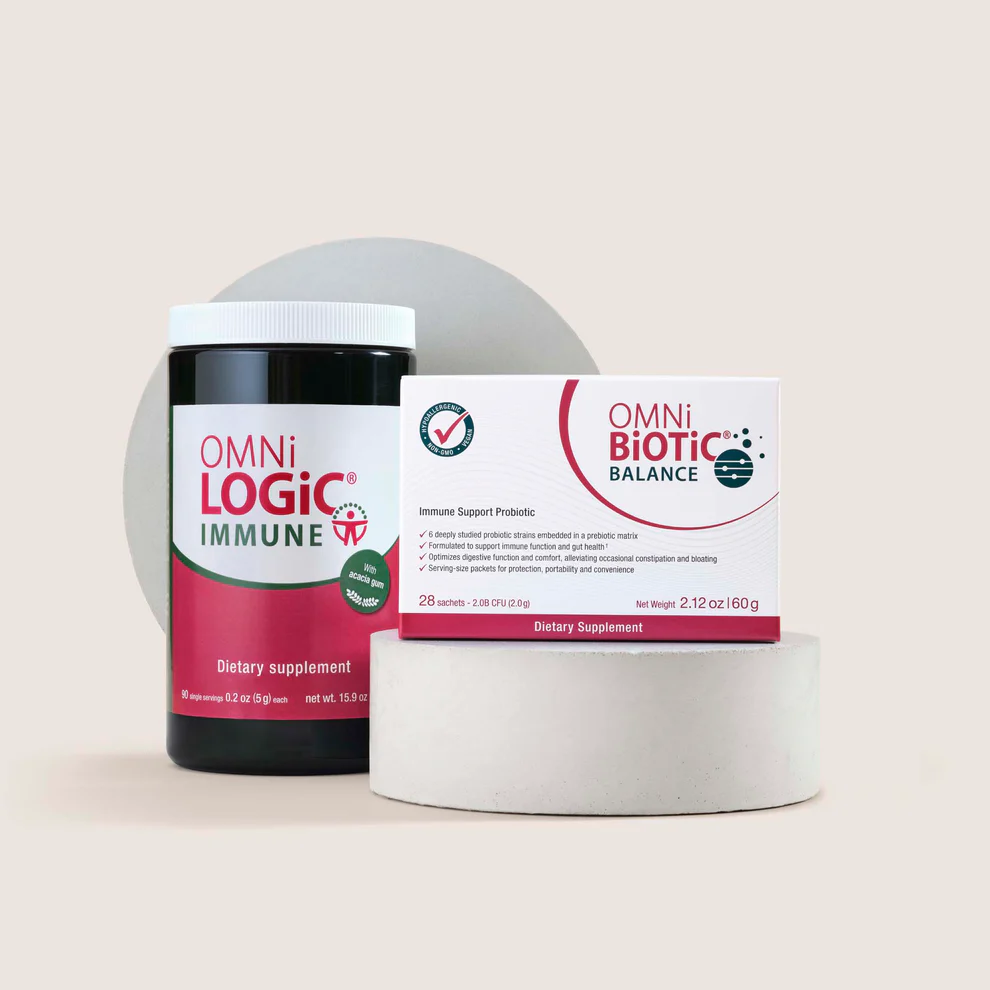Introduction to RAD-140 and Traditional Steroids for Muscle Growth
RAD-140, also known as Testolone, is a selective androgen receptor modulator (SARM) designed to promote muscle hypertrophy with fewer side effects than traditional anabolic steroids. While steroids like testosterone and nandrolone have long been staples in bodybuilding, RAD-140’s targeted action has made it a popular alternative for those seeking to buy Rad 140 online. We provide a detailed comparison of RAD-140 and traditional steroids, evaluating their mechanisms, efficacy, safety, and practical applications to guide fitness enthusiasts in optimizing muscle-building outcomes.
Mechanisms of Action: RAD-140 vs. Steroids
How RAD-140 Drives Muscle Growth
RAD-140 binds selectively to androgen receptors in muscle and bone tissues with a high affinity (Ki of 7 nM), surpassing testosterone (29 nM) and rivaling dihydrotestosterone (10 nM). This targeted binding activates anabolic pathways, increasing protein synthesis by 20–30% in rat studies at 0.03 mg/kg, without significant prostate stimulation. Unlike steroids, RAD-140 does not aromatize into estrogen, reducing risks of water retention or gynecomastia. Its selectivity makes it a top choice among best SARMs for cutting, as it promotes lean muscle gains with minimal systemic impact.
Mechanisms of Traditional Steroids
Traditional steroids, such as testosterone enanthate or nandrolone decanoate, bind non-selectively to androgen receptors across multiple tissues, including muscle, prostate, and skin. They enhance protein synthesis and nitrogen retention, with studies showing a 30–40% increase in muscle mass in humans at 200–600 mg/week over 12 weeks. However, steroids also convert to estrogen via aromatization, leading to side effects like bloating (20–30% of users) and gynecomastia (10–20%). Their broad action increases androgenic effects, such as hair loss or acne, in 15–25% of users.
Efficacy for Muscle Building: RAD-140 vs. Steroids
Muscle Growth Potential of RAD-140
RAD-140 delivers robust muscle gains with a safer profile. In preclinical studies, rats treated with 0.3 mg/kg showed a 20–25% increase in levator ani muscle weight, matching testosterone’s efficacy at 0.3 mg/kg without prostate enlargement. Anecdotal reports from bodybuilders using 10–20 mg/day over 8 weeks indicate lean muscle gains of 5–15 pounds, with strength increases of 15–25% in compound lifts like squats or bench press. Its ability to enhance recovery, reducing creatine kinase levels by 25–40%, supports high-volume training.
Muscle-Building Power of Steroids
Steroids are renowned for their potent anabolic effects. Clinical trials with testosterone enanthate at 300–600 mg/week report muscle gains of 10–20 pounds over 12 weeks in trained individuals, with strength increases of 20–40% in major lifts. Nandrolone decanoate at 200 mg/week yields similar results, with a 15–25% increase in lean mass. However, 20–30% of these gains may include water weight due to estrogen conversion, unlike RAD-140’s leaner outcomes. Steroids’ broader receptor activation often results in faster hypertrophy but with greater side effect risks.
Safety Profiles: RAD-140 vs. Steroids
Hormonal Impact of RAD-140
RAD-140 suppresses endogenous testosterone production, a key safety concern. Cynomolgus monkey studies at 0.1 mg/kg showed a 50% reduction in testosterone levels (600–800 ng/dL to 200–300 ng/dL), with LH and FSH dropping by 40–60%. Human users report hypogonadal symptoms post-cycle, requiring 4–6 weeks of PCT with SERMs like Clomiphene (25–50 mg/day) or Tamoxifen (20 mg/day) to restore HPG axis function. Unlike steroids, RAD-140 avoids estrogen-related side effects, with gynecomastia reported in only 10–15% of users due to testosterone suppression rather than aromatization.
Hormonal and Systemic Risks of Steroids
Steroids cause significant hormonal disruptions, including suppression of testosterone, LH, and FSH by 60–80% at 200–600 mg/week. Aromatization increases estrogen levels, leading to gynecomastia in 10–20% of users and water retention in 20–30%. Steroids also elevate hematocrit by 5–10%, increasing cardiovascular risk in 15–20% of users, and raise LDL cholesterol by 10–20%, unlike RAD-140’s milder lipid impact (5–10% LDL increase). Anti-estrogens like anastrozole are often needed to manage estrogenic effects, adding complexity to steroid cycles.
Liver and Cardiovascular Safety
RAD-140 poses a risk of hepatotoxicity, with case reports noting elevated liver enzymes (ALT, AST) 3–5 times above normal after 16 weeks of use. Clinical trials in breast cancer patients at 50–150 mg/day reported elevated AST in 59.1% and ALT in 45.5% of participants. Steroids, particularly oral forms like Dianabol, are more hepatotoxic, with 20–30% of users showing liver enzyme elevations at 30–50 mg/day. Injectable steroids like testosterone enanthate have lower liver impact but increase cardiovascular strain, with a 10–15% rise in blood pressure compared to RAD-140’s 5–8% increase.
Side Effects Comparison: RAD-140 vs. Steroids
Common Side Effects of RAD-140
Beyond testosterone suppression, RAD-140’s side effects include nausea, fatigue, and headaches in 20–30% of clinical trial participants at 50–150 mg/day. These are typically mild and resolve with dose adjustments. Its minimal androgenic activity reduces acne and hair loss risks to 5–10% of users, compared to 15–25% with steroids. However, prolonged use without PCT can lead to prolonged hypogonadism, causing fatigue and muscle loss in 10–15% of users.
Side Effects of Traditional Steroids
Steroids carry a broader side effect profile. Androgenic effects like acne, hair loss, and aggression affect 15–25% of users, particularly with high-androgen compounds like trenbolone. Estrogenic side effects, including gynecomastia and bloating, impact 20–30% of users without anti-estrogen support. Long-term use increases risks of cardiac hypertrophy (5–10% of users) and liver damage (20–30% with oral steroids), making steroids riskier than RAD-140 for extended cycles.
Practical Applications for Bodybuilding
Using RAD-140 for Muscle Building
RAD-140 is dosed at 10–20 mg/day for men and 5–10 mg/day for women, cycled for 6–8 weeks. Its long half-life (60 hours) allows once-daily dosing, with split doses stabilizing blood levels. Combining with a high-protein diet (1.8–2.4 g/kg) and resistance training (4–5 sessions/week) maximizes gains, with studies showing a 20–30% increase in strength metrics. For cutting, stacking with Cardarine (10–20 mg/day) enhances fat loss while preserving muscle, ideal for lean physiques.
Using Steroids for Muscle Building
Steroids like testosterone enanthate are dosed at 200–600 mg/week for 8–12 weeks, delivering rapid hypertrophy. Injectable steroids are preferred for lower liver toxicity, with intramuscular administration ensuring high bioavailability. Stacking with anti-estrogens like anastrozole (0.5–1 mg/day) mitigates estrogenic effects. Steroids require more complex PCT protocols, often combining SERMs and HCG (500–1000 IU/week) to restore testosterone production, which can take 6–12 weeks.
Safety and Monitoring Protocols
Monitoring RAD-140 Use
Blood work every 4–6 weeks should monitor testosterone, LH, FSH, SHBG, liver enzymes, and lipid profiles. RAD-140’s testosterone suppression necessitates PCT, with baseline levels (300–1000 ng/dL) potentially dropping to <200 ng/dL. Liver function tests are critical, as 10–20% of users may show elevated enzymes at 20 mg/day. Sourcing RAD-140 from reputable vendors with third-party testing ensures purity, reducing risks of contamination reported in 10–20% of unregulated SARMs.
Monitoring Steroid Use
Steroid users require comprehensive monitoring, including testosterone, estrogen, hematocrit, liver enzymes, and lipid profiles. Estrogen levels can rise 50–100% with aromatizing steroids, requiring anti-estrogen management. Injectable steroids reduce liver strain, but oral steroids like Dianabol necessitate weekly liver tests. PCT is more intensive, with 10–15% of users experiencing delayed recovery due to severe HPG axis suppression.
RAD-140 and Steroids in Research Contexts
RAD-140’s Therapeutic Potential
RAD-140 shows promise for muscle-wasting conditions like cachexia or sarcopenia. In androgen-deficient rats, it increased lean mass by 15–20% at 0.3 mg/kg, with bone density gains of 10–15%. Its neuroprotective effects, reducing neuronal death by 15–20% in rat models of Alzheimer’s, suggest applications for cognitive health, potentially benefiting aging athletes.
Steroids in Medical Applications
Steroids are used medically for hypogonadism, muscle wasting, and hormone replacement therapy. Testosterone at 100–200 mg/week restores lean mass in hypogonadal men by 5–10 kg over 6 months. However, their non-selective action limits therapeutic use due to side effects like prostate hypertrophy, absent in RAD-140’s targeted profile.
Conclusion
RAD-140 offers a safer, more targeted approach to muscle building compared to traditional steroids, with significant anabolic benefits and fewer androgenic or estrogenic side effects. While steroids deliver faster hypertrophy, their broader side effect profile, including liver toxicity and cardiovascular risks, demands greater caution. RAD-140’s testosterone suppression requires PCT, but its lean gains and versatility make it ideal for bodybuilders prioritizing safety. By choosing RAD-140 or steroids based on goals, monitoring health markers, and sourcing quality products, athletes can optimize muscle-building outcomes responsibly.

